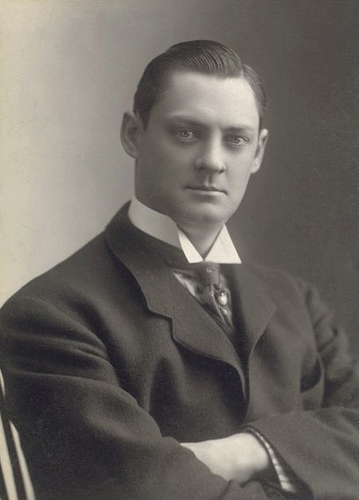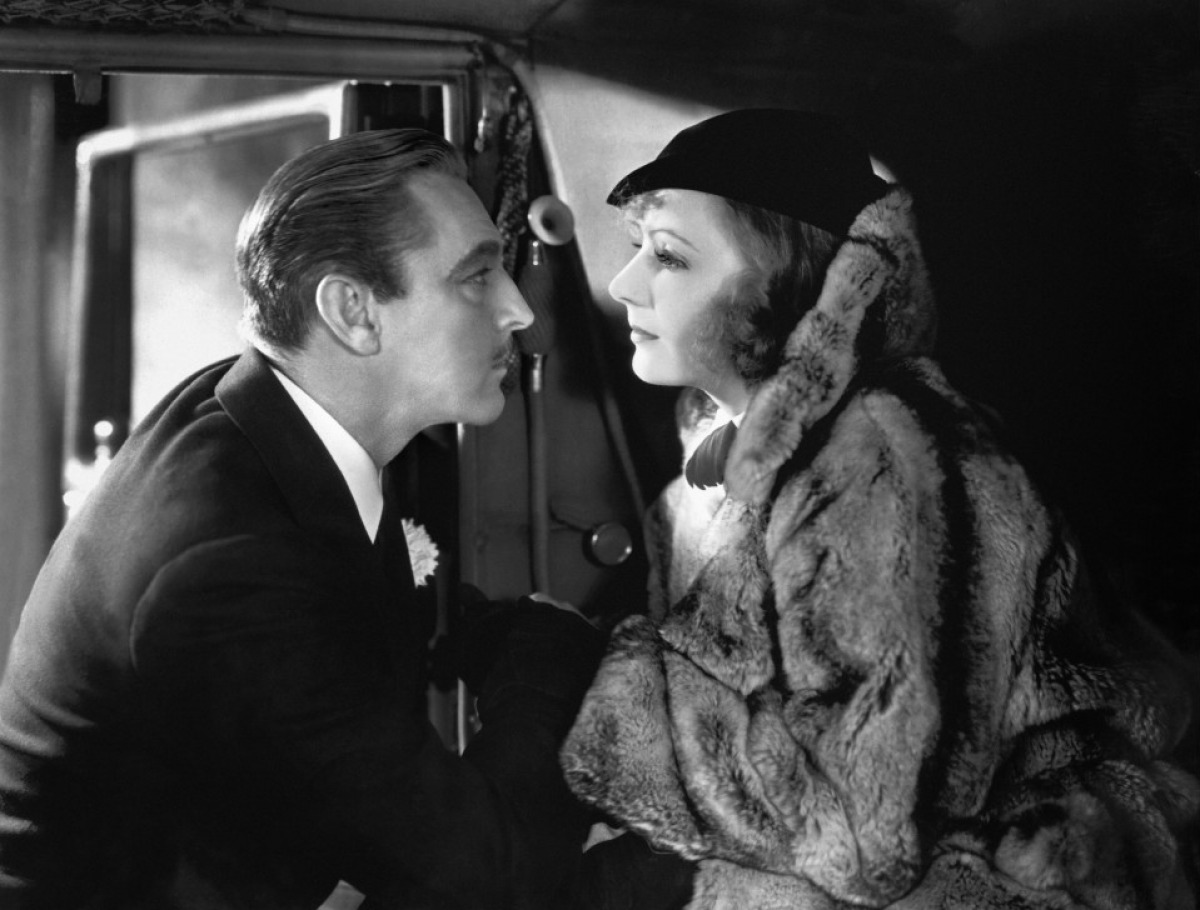Post by Brad Nelson on Jul 29, 2020 7:35:18 GMT -8
Dinner at Eight (1933) is a movie that, on paper, doesn’t sound interesting. We’re peering into the lives of various people before their scheduled dinner-at-eight with Millicent and Oliver Jordan (Billie Burke and Lionel Barrymore).
Barrymore has business problems (as many do during the Depression). His wife has problems of her own, trying to scratch together enough people (and the right people) for her dinner party.
The “right” people probably are not Dan and Kitty Packard (Wallace Beery and Jean Harlow), but they are invited (for reasons that I don’t recall). Packard is a crude, harsh, but successful businessman who bought himself a trophy wife in Kitty, seemingly fresh from the backstreet barrooms of wherever he found her. Harlow is surprisingly good in this, playing most of her scenes in her lush bedroom where she holds a crude version of court, throwing invectives at her long-suffering (and equally somewhat crude) maid.
There’s a doctor and his wife having marriage problems (Edmund Lowe and Karen Morley). She describes him to his face as a “masher” (don’t recall running into that term before). Dr. Talbot certainly is, running from affair to affair. But Mrs. Talbot still loves him.
Marie Dressler plays the aging former mega-star, Carlotta Vance. In this character-driven drama, she is one of the finer characters. Another actor — more washed-up than past-star — is Larry Renault played with dislikable sizzle by John Barrymore.
By the time you get to dinner, it’s literally at the end of the movie and leaves you wondering how these people will turn out. And yet you suspect that most of them keep forging on as best they can.
You can’t help wondering if Billie Burke actually talks like that. Her bird-chirp voice is just as you hear it when she plays Glenda, the Good Witch of the North. But she plays a remarkable character, not once giving hint that she is even acting at all or knows there is a camera there. It’s a pleasant obsessive sort of performance.
A few of the lives intersect beyond the party, including the daughter, Paula Jordan (Madge Evans), who gets involved with an older man. One reviewer says that 1932’s Grand Hotel (sharing many of the same cast) would make a back end of a double-feature. Dinner at Eight is the kind of movie where you can slightly sneer at the upper crust and not feel too jealous because you see that most of their lives are a train wreck. I suspect that is much of the appeal.

Barrymore has business problems (as many do during the Depression). His wife has problems of her own, trying to scratch together enough people (and the right people) for her dinner party.
The “right” people probably are not Dan and Kitty Packard (Wallace Beery and Jean Harlow), but they are invited (for reasons that I don’t recall). Packard is a crude, harsh, but successful businessman who bought himself a trophy wife in Kitty, seemingly fresh from the backstreet barrooms of wherever he found her. Harlow is surprisingly good in this, playing most of her scenes in her lush bedroom where she holds a crude version of court, throwing invectives at her long-suffering (and equally somewhat crude) maid.
There’s a doctor and his wife having marriage problems (Edmund Lowe and Karen Morley). She describes him to his face as a “masher” (don’t recall running into that term before). Dr. Talbot certainly is, running from affair to affair. But Mrs. Talbot still loves him.
Marie Dressler plays the aging former mega-star, Carlotta Vance. In this character-driven drama, she is one of the finer characters. Another actor — more washed-up than past-star — is Larry Renault played with dislikable sizzle by John Barrymore.
By the time you get to dinner, it’s literally at the end of the movie and leaves you wondering how these people will turn out. And yet you suspect that most of them keep forging on as best they can.
You can’t help wondering if Billie Burke actually talks like that. Her bird-chirp voice is just as you hear it when she plays Glenda, the Good Witch of the North. But she plays a remarkable character, not once giving hint that she is even acting at all or knows there is a camera there. It’s a pleasant obsessive sort of performance.
A few of the lives intersect beyond the party, including the daughter, Paula Jordan (Madge Evans), who gets involved with an older man. One reviewer says that 1932’s Grand Hotel (sharing many of the same cast) would make a back end of a double-feature. Dinner at Eight is the kind of movie where you can slightly sneer at the upper crust and not feel too jealous because you see that most of their lives are a train wreck. I suspect that is much of the appeal.



